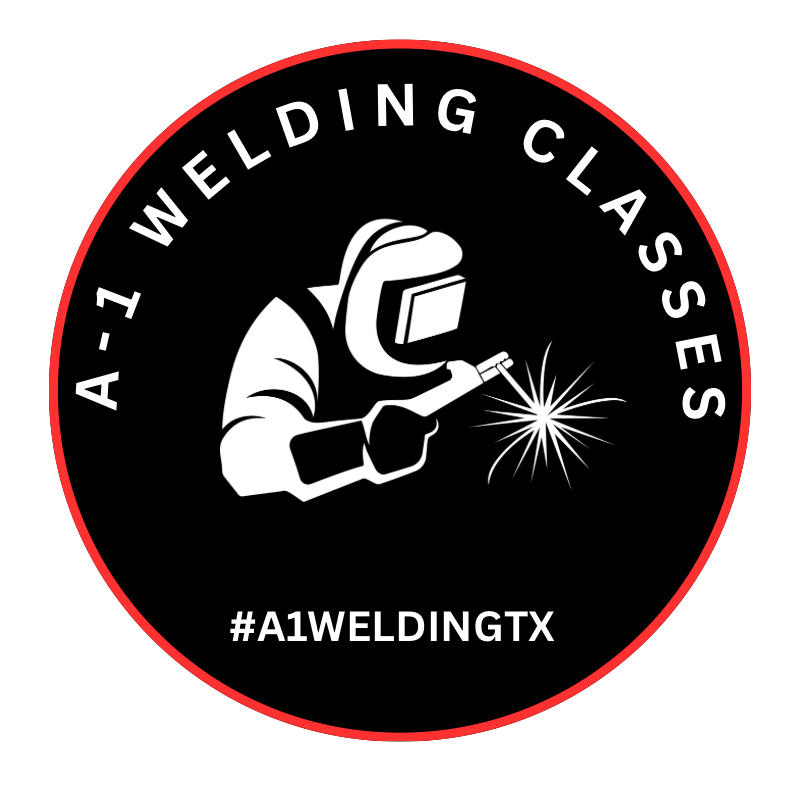Mastering Welding: Tips for Stick Welding (SMAW)
Stick welding (SMAW) can be used on various materials and it excels at penetrating welding thick sections of metal together. It is better suited for larger applications such as construction, structural steel, pipelines, heavy machinery, and repair work. Its high versatility allows it to be used both indoors and outdoors, even though you can weld on dirty steel with stick electrodes, there’s no reason why you should do that if you can avoid it. If you clean the steel first, your welds will be cleaner, more structurally sound, and better looking. It can be challenging for beginners to learn because it requires developing specific motor skills for striking an arc and maintaining a consistent, short arc length as the rod melts. Mastering this welding process takes significant practice and is a big challenge that many new welders face. So, we created these stick welding tips to help remind you what to do during the welding process.
Prep your materials
The welding surface should always be clean, even though you can weld on dirty steel with stick electrodes, there’s no reason you should do that if you can avoid it. If you clean the steel first, your welds will be cleaner, more structurally sound, and better looking.
Before you start welding
Make sure your using the right size electrode, correct amperage, set yourself, and get comfortable for the position and material thickness your welding. Especially for overhead welding position.
Practice is necessary
One of the best ways to ensure your producing quality welds is to practice. With welding machine off, drag the electrode through the joint as if doing a weld. This will help you get comfortable as your welding.
Penetration is key
Maintaining proper amperage, travel speed, arc length, and angle, and making sure you’re melting both materials together for better penetration. It’s what holds the world together, one bridge, pipeline, and structure at a time.
Teaching a Trade That Never Fades

